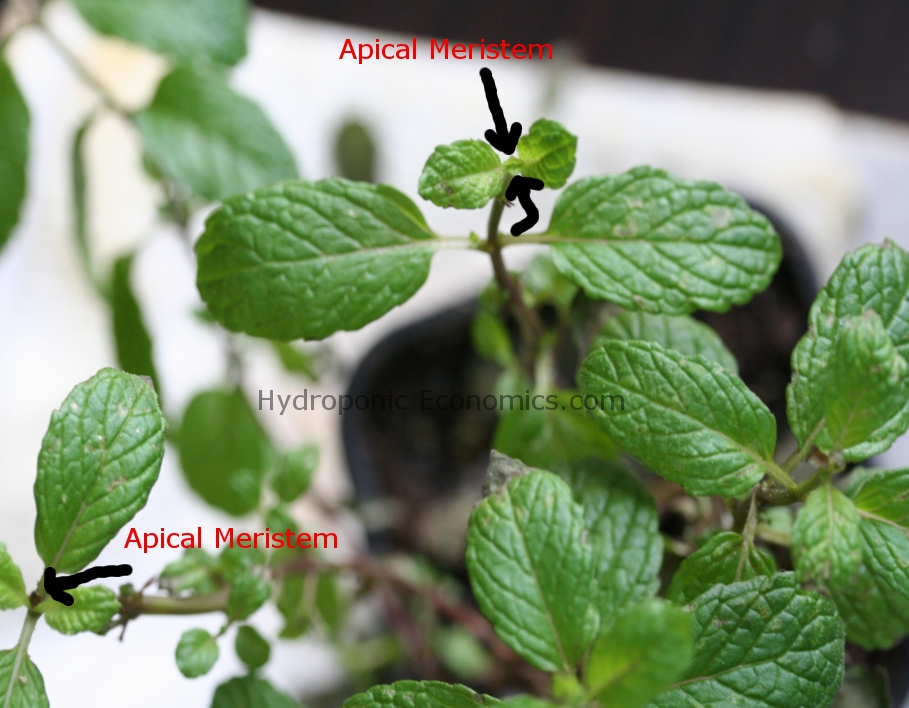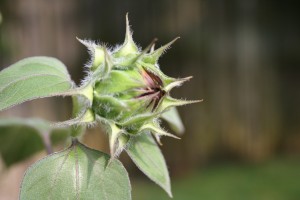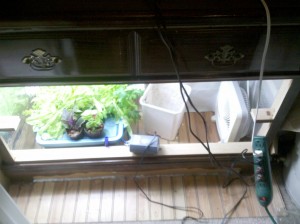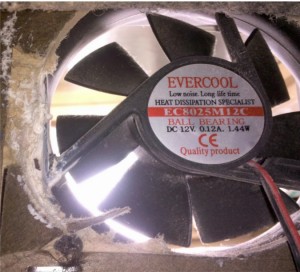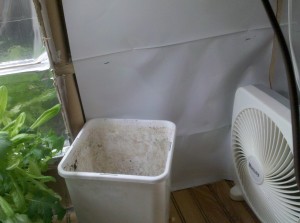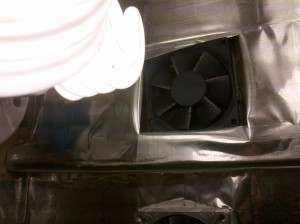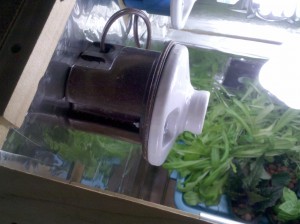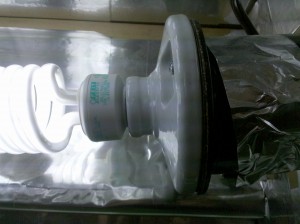How DO plants grow? Did you ever stop and think about it? When you notice little movements from day to day, you know your plant is growing. It seems like those leaves just pop out of no where doesn’t it?
Today you are going to learn a little horticulture 101. You are going to find out exactly how plants grow. Plant growth is an interesting topic, because before we had microscopes, there was only speculation on how plants grew. There are a few key terms we must define:
- Horticulture: “A process by which a plot of soil is prepared for the planting of seeds, tubers, or cuttings.” About.com Archaeology. We are going to let horticulture encompass all of hydroponics as well.
- Meristem: The Meristem is the part of a plant that is capable of cell division.
- Cell Division: The process by which cells multiply. The cells multiply by constantly dividing. (No pun intended).
Where Does Plant Growth Happen?
Plant growth can only occur where there is cell division. Cell division occurs at the Apical Meristem. You can think of this as the top node. It is the node that is just popping up. If you have ever topped your plant to bush it out and spread the top nodes, you cut the apical meristem.
Apical Meristem
The apical meristem can be cut to make two new top branches. The meristem doesn’t physically split into two branches. The two shoots below the apical meristem, both become apical meristems. It is actually a cool trick for the plant to make two apical meristems, because if another one got cut or damaged, it could continue growing. You’ll find that if you chop off both of the other two apical meristems, you will have four apical meristems.
Make sure you sign up for the email newsletter to get exclusive information not presented on this website. Happy growing!
